Spice Up Your Life: A Flavorful Guide to Mexican Chiles
Chiles are the heart and soul of Mexican cuisine. From the fiery heat of a habanero to the smoky depth of an ancho, these peppers bring flavor, culture, and tradition to every dish. Whether you're a seasoned chef or just starting your culinary journey, understanding the world of Mexican chiles can elevate your cooking to new heights.
Table of Contents
- What Are Mexican Chiles?
- Types of Mexican Chiles
- Cooking with Mexican Chiles
- Buying Guide for Mexican Chiles
- Tips and Tricks for Using Mexican Chiles
- Conclusion
What Are Mexican Chiles?
Mexican chiles are more than just a source of heat—they’re a vital part of the country’s culinary identity. Each variety has its own unique flavor profile, ranging from mild and sweet to intensely spicy. These peppers are used in everything from salsas and moles to stews and sauces, making them a cornerstone of traditional Mexican cooking.
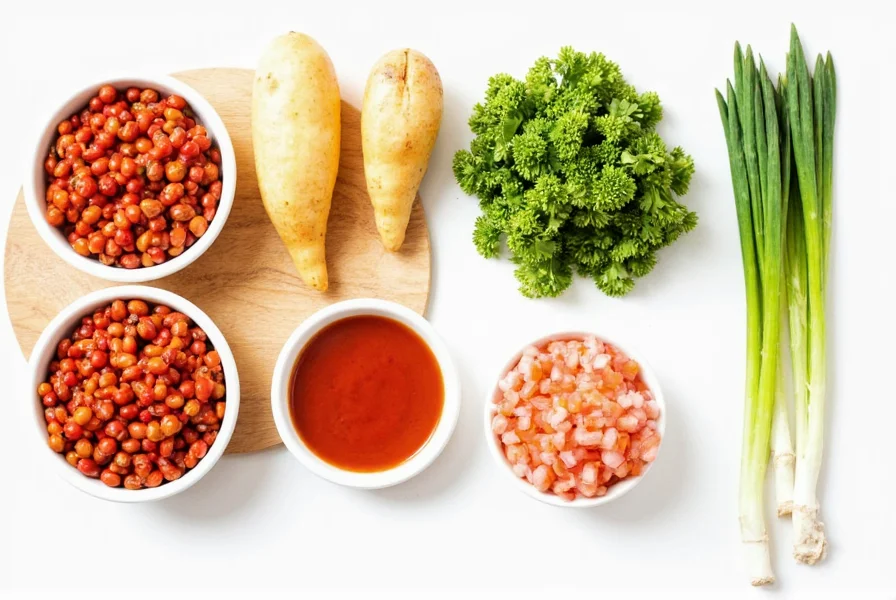
When you think about Mexican food, it's impossible to ignore the presence of chiles. They are not only a key ingredient but also a symbol of cultural heritage. The way they are grown, prepared, and consumed reflects centuries of tradition passed down through generations.
Types of Mexican Chiles
There are over 100 varieties of chiles grown in Mexico, each with its own characteristics. Here are some of the most popular ones:
| Chile Type | Heat Level | Flavor Profile | Common Use |
|---|---|---|---|
| Habanero | Very Hot | Smoky, fruity | Salsa, hot sauce |
| Ancho | Mild to Medium | Earthy, sweet | Mole, enchiladas |
| Jalapeño | Mild to Medium | Peppery, slightly sweet | Guacamole, tacos |
| Chipotle | Medium to Hot | Smoky, rich | Barbecue sauces, stews |
| Poblano | Mild | Earthy, slightly sweet | Chiles Rellenos, soups |
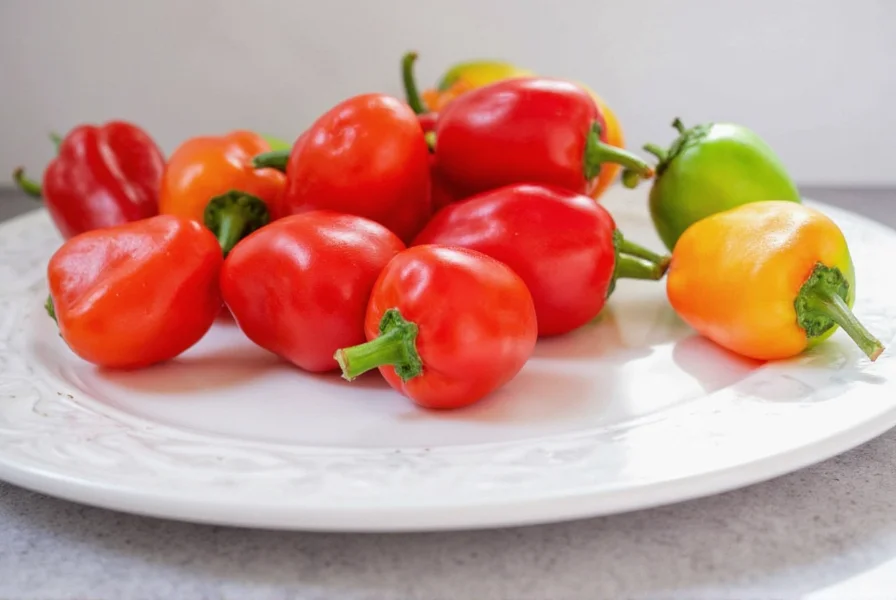
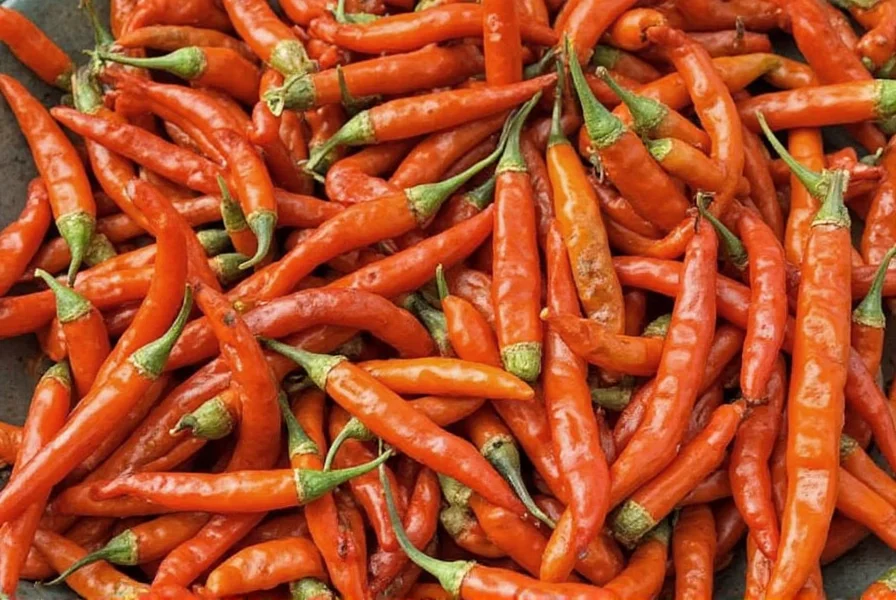
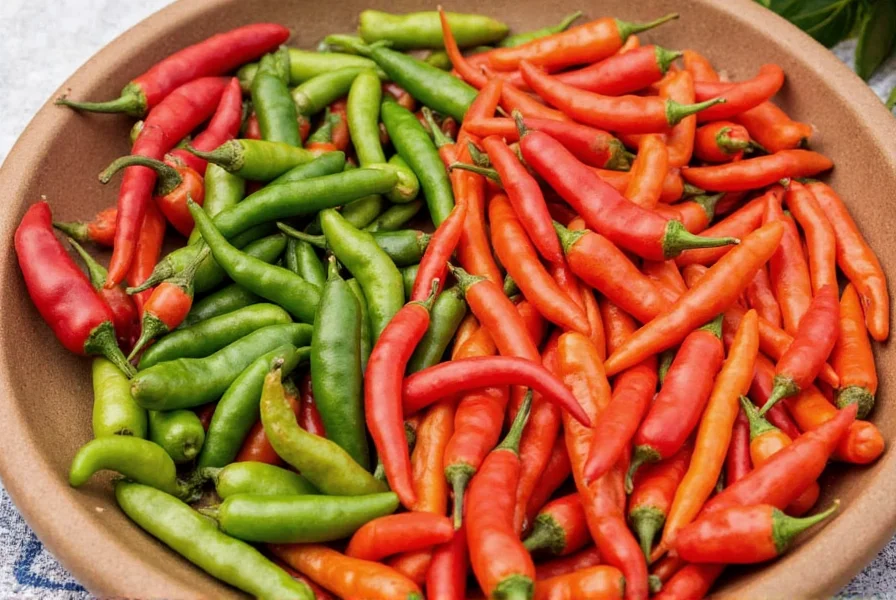
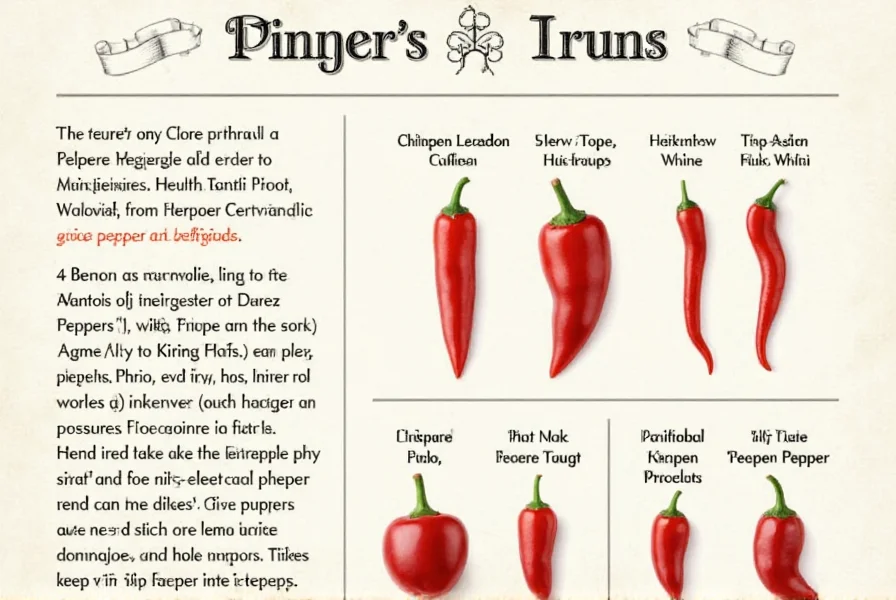
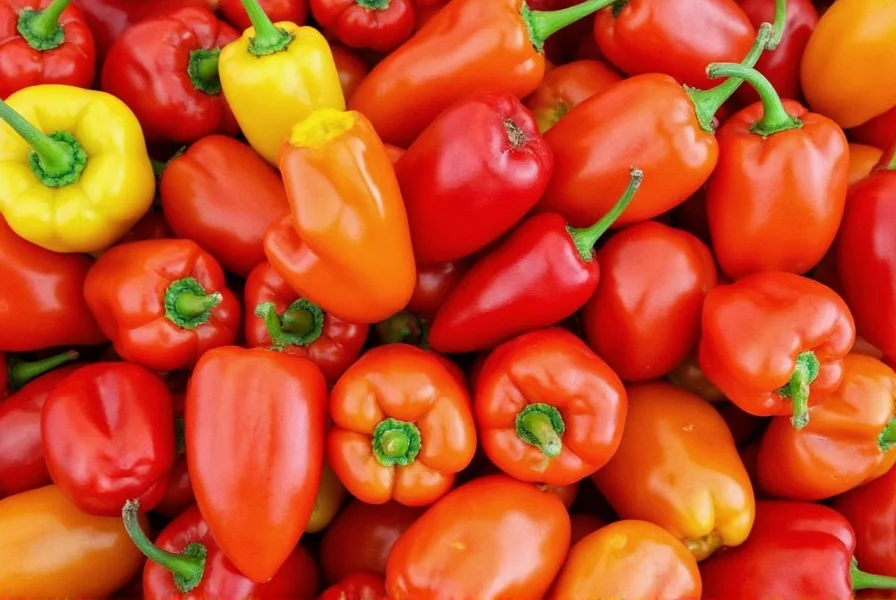
Each type of chile brings something different to the table, and knowing which one to use can make all the difference in your cooking.
Cooking with Mexican Chiles
Using Mexican chiles in your cooking is like adding a splash of color, flavor, and culture to your meals. Here are a few ways to incorporate them into your recipes:
- Salsa: Blend roasted chiles with tomatoes, onions, and garlic for a homemade salsa that’s bursting with flavor.
- Mole: Mole is a complex sauce made with chiles, chocolate, nuts, and spices. It’s often served with chicken or pork.
- Stuffed Chiles: Fill poblano or Anaheim chiles with rice, beans, and cheese, then bake until tender.
- Hot Sauce: Make your own hot sauce using habaneros, lime juice, and vinegar for a personalized kick.
- Chili: Add dried chiles like guajillo or pasilla to your chili recipe for depth and heat.
Whether you're looking for a little heat or a full-blown fireball, there's a chile for every palate.
Buying Guide for Mexican Chiles
Choosing the right chiles can be overwhelming, especially if you're new to the world of Mexican spices. Here’s a guide to help you pick the best ones:
1. Fresh Chiles
Fresh chiles are ideal for dishes that require a bright, fresh flavor. Look for firm, shiny peppers without any soft spots or bruises. Some popular options include:
- Jalapeños: Great for snacking, pickling, or adding a mild kick to dishes.
- Poblanos: Perfect for roasting and stuffing.
- Serranos: Slightly hotter than jalapeños, good for salsas and garnishes.
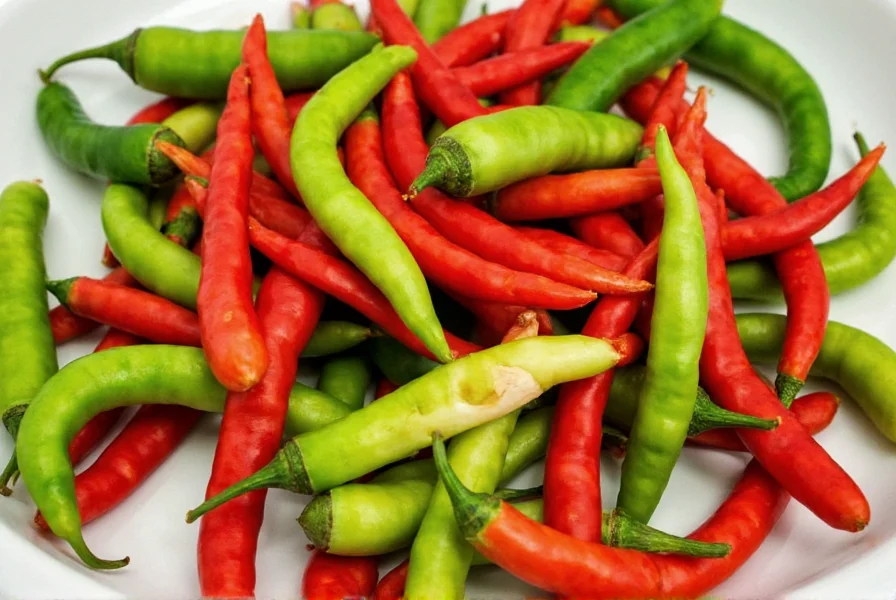
2. Dried Chiles
Dried chiles are perfect for making sauces, moles, and stews. They have a deeper, more concentrated flavor than their fresh counterparts. Common types include:
- Ancho: Mild and sweet, ideal for mole and enchilada sauces.
- Guanajuato: A medium-heat chile with a nutty, smoky flavor.
- Chipotle: Smoked and dried, great for barbecue and sauces.
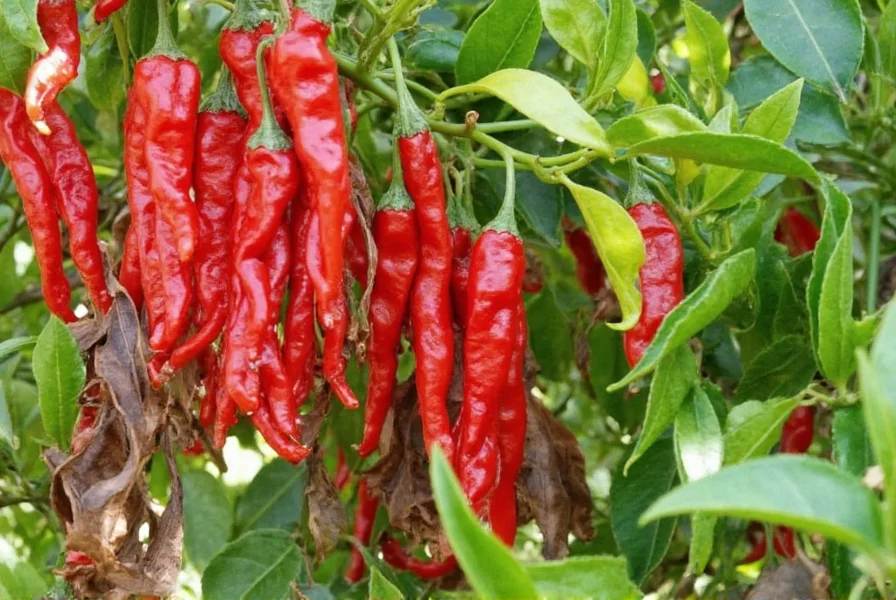
3. Powdered Chiles
Chile powder is a convenient option for quick recipes. It’s typically made from ground dried chiles like ancho, guajillo, or cayenne. Keep in mind that the heat level can vary depending on the blend.
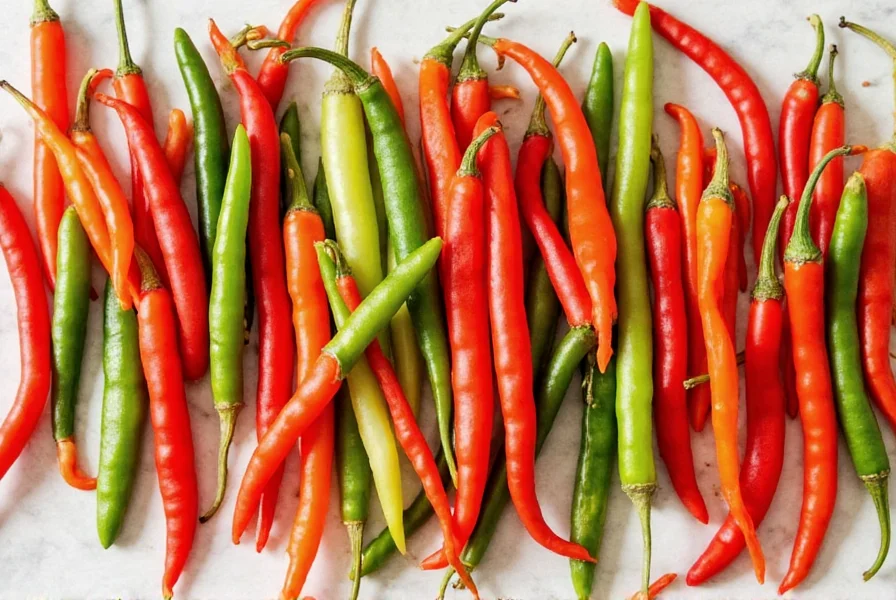
4. Pre-Made Sauces and Pastes
If you're short on time, pre-made chile sauces and pastes can be a lifesaver. Look for authentic brands that use traditional methods to ensure the best flavor. Some popular options include:
- Mole Paste: A concentrated paste that can be diluted with broth or water to make mole.
- Chipotle in Adobo: A ready-to-use paste with a smoky, tangy flavor.
Tips and Tricks for Using Mexican Chiles
Here are a few practical tips to help you get the most out of your Mexican chiles:
- Roast for Depth: Roasting chiles before using them enhances their flavor and gives them a smoky, earthy quality.
- Remove Seeds for Less Heat: If you want to reduce the spiciness, remove the seeds and membranes before cooking.
- Use Gloves: Always wear gloves when handling hot chiles to avoid burning your skin.
- Store Properly: Fresh chiles should be stored in the fridge, while dried chiles can be kept in an airtight container for up to a year.
- Experiment with Blends: Mix different chiles to create unique flavors and heat levels that suit your taste.
With these tips, you’ll be able to master the art of cooking with Mexican chiles in no time.
Conclusion
Mexican chiles are more than just a spice—they’re a celebration of flavor, tradition, and culture. Whether you're using them in a simple salsa or a complex mole, they add depth, heat, and personality to every dish. By understanding the different types, learning how to cook with them, and knowing where to buy the best ones, you can unlock a whole new world of culinary possibilities.
So next time you're in the kitchen, don’t forget to spice things up with a touch of Mexican chiles. They’re the secret ingredient that turns good food into unforgettable meals.
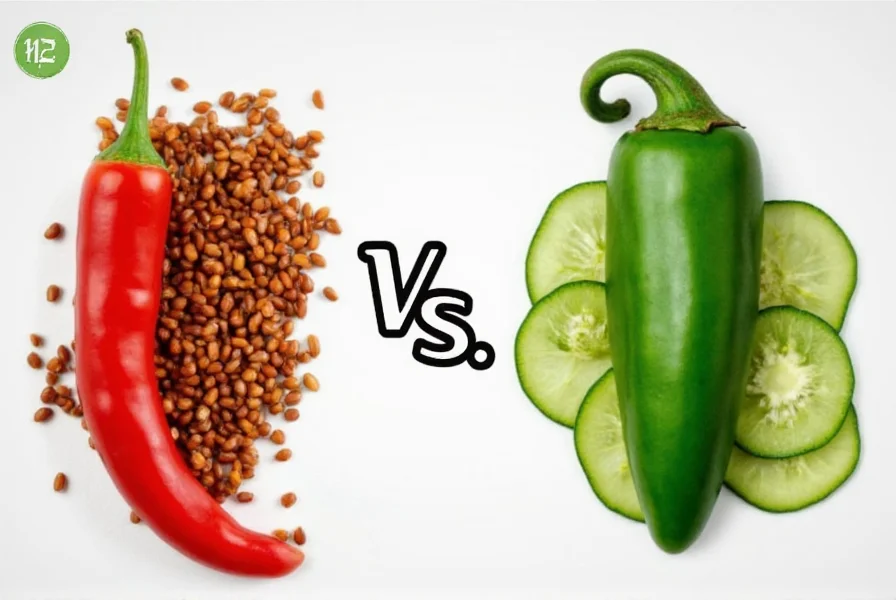

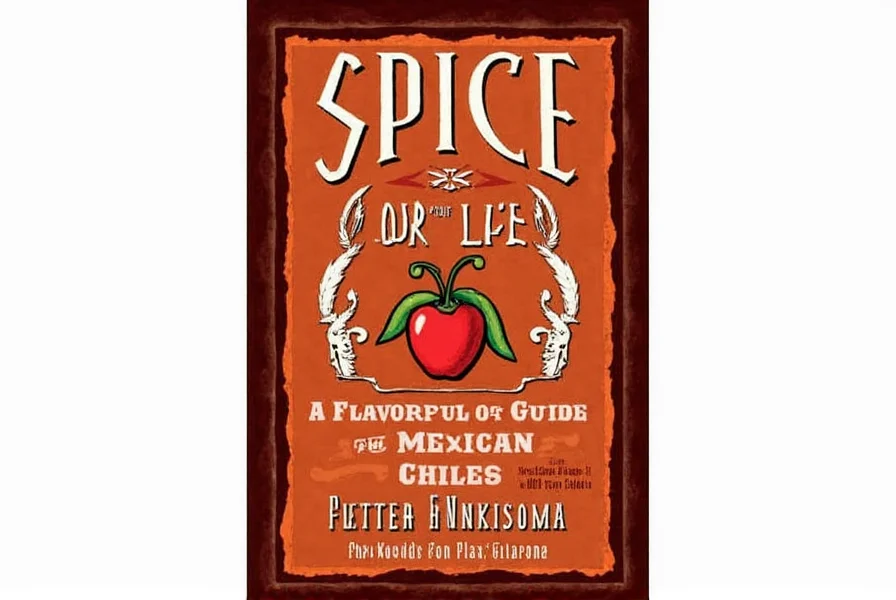









 浙公网安备
33010002000092号
浙公网安备
33010002000092号 浙B2-20120091-4
浙B2-20120091-4